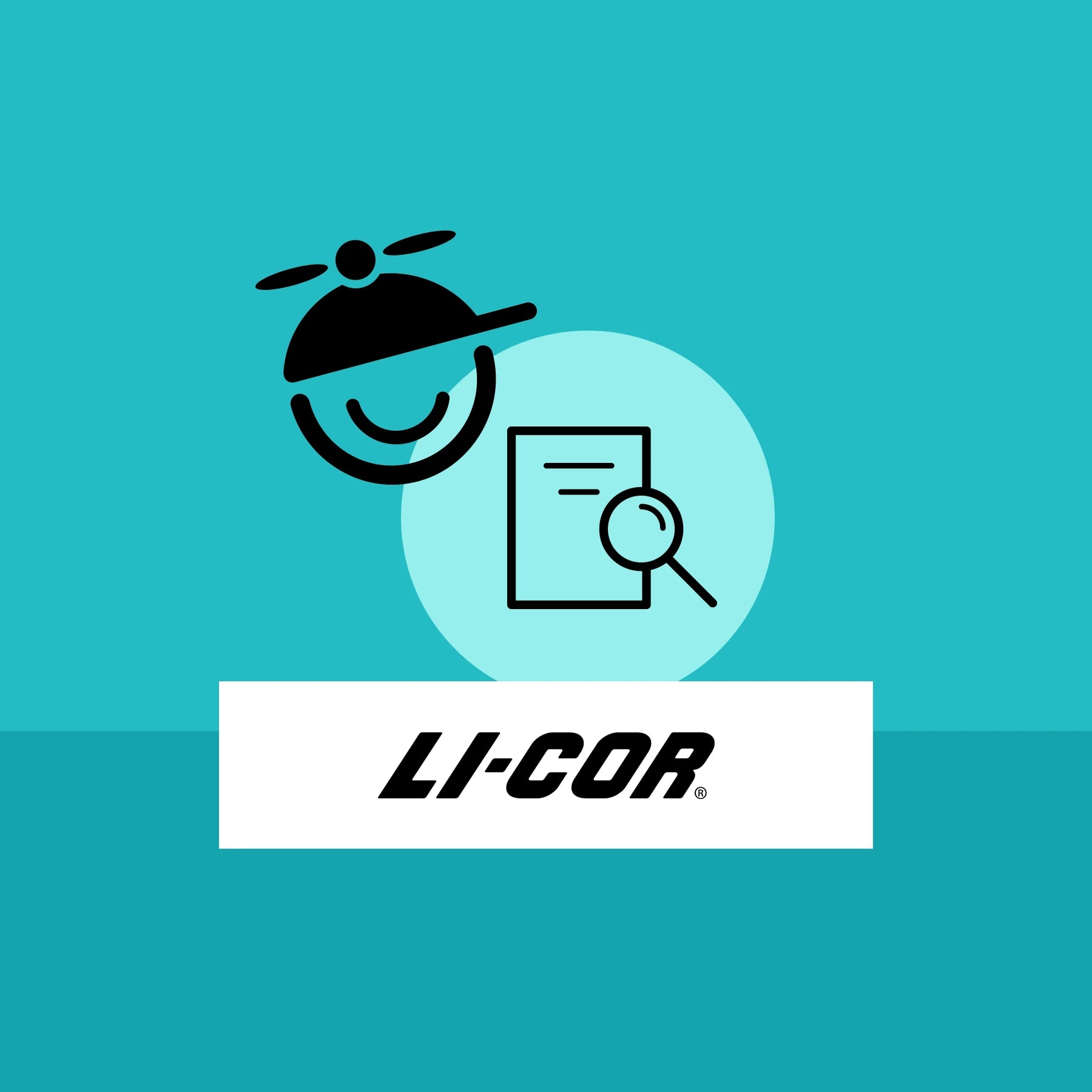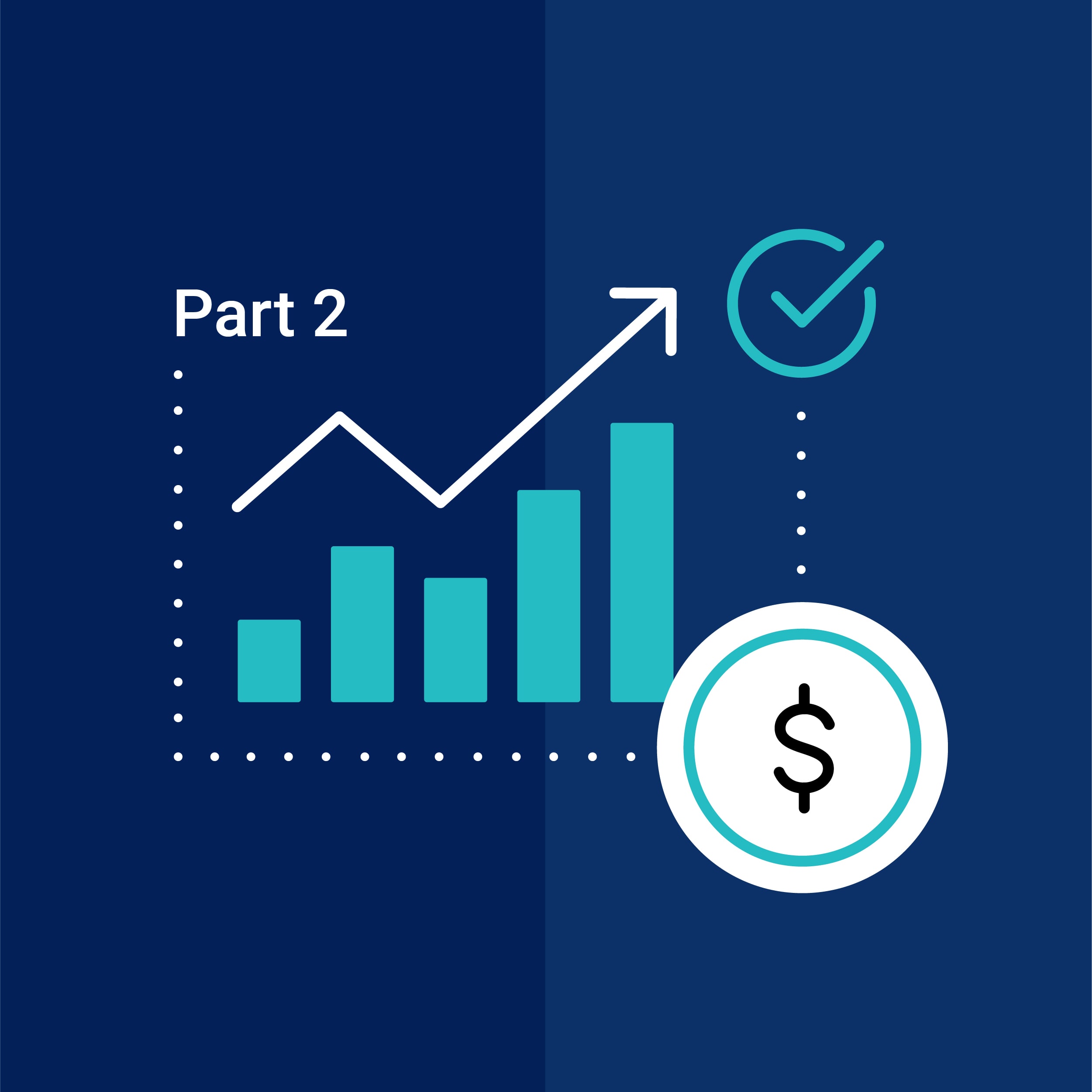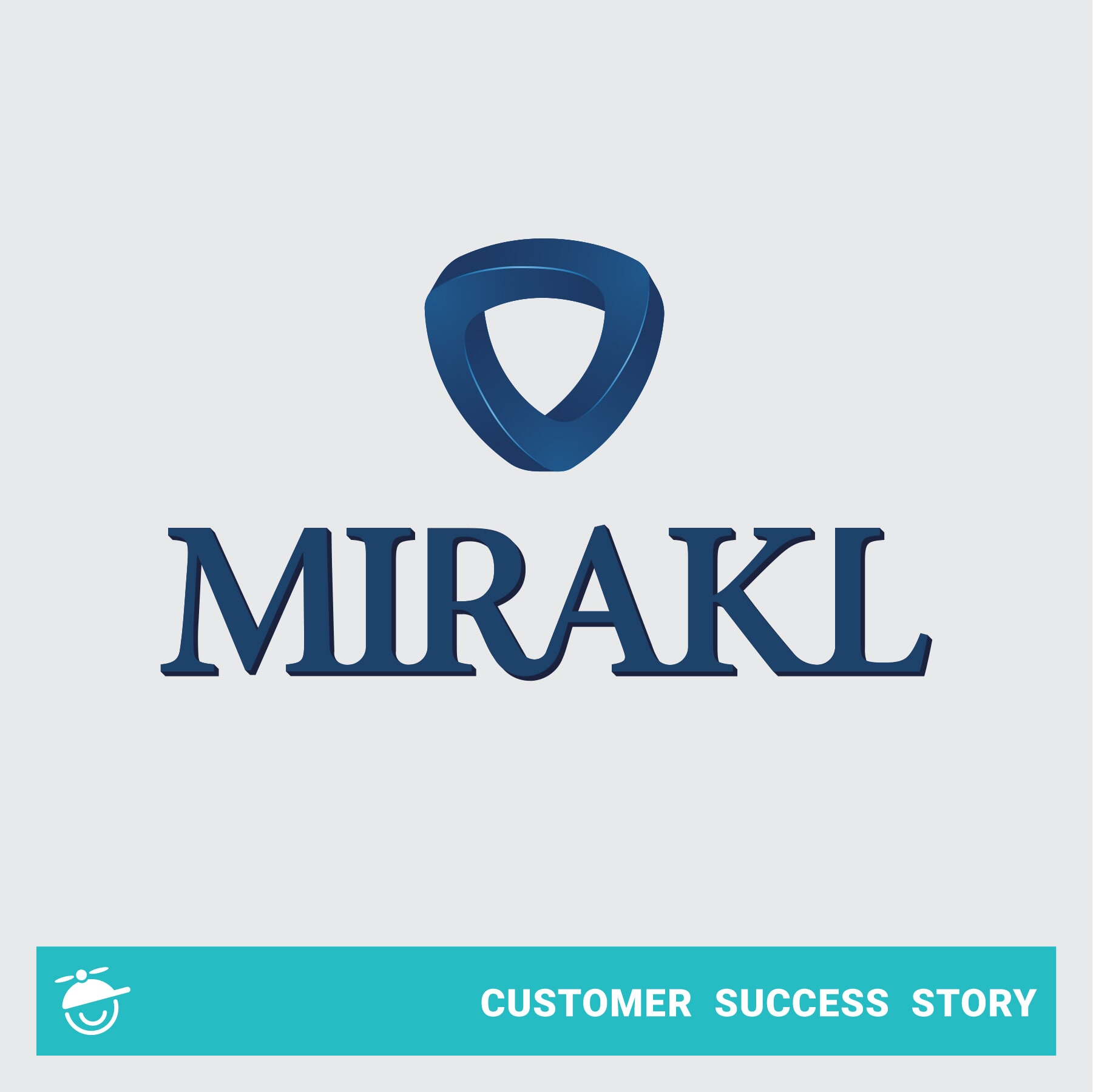How do you increase the visibility and the value of your content across the enterprise, whether used for sales, marketing, customer onboarding or technical support? Follow these tips to maximize your content ROI.
For most organizations, content is a critical component to managing brand perceptions and creating brand value. How your customers and employees find and interact with your content matters -- a lot.
We have all been there -- frustrated, searching online (or internally on corporate intranets and KBs) for a specific piece of information, only to be forced to the point of contacting technical support or other subject matter experts to get the answers you need.
Great technical documentation can be useful not just at the end-user stage, but also a valuable resource used by your sales and marketing teams, or to onboard customers. And technical support teams often reference product documentation. So, how can you make sure you’re always working to improve the value of this resource?
Here are five ways you can increase the value of your content, with examples pulled from some of our most recent enterprise customer success stories.
1. Improve how your customers interact and engage with self-Help
Ticket deflection has become the hot new buzzword of late and is a primary metric organizations with support centers big and small are trying to improve. With the Covid-19 pandemic putting a greater strain on some industries, such as travel, healthcare and hospitality, the efforts to reduce the number of support tickets coming into call centers have taken on an entirely new focus.
Giving your users access to the information they need quickly and easily will certainly help reduce support calls and provide immediate ROI. Chatbots, as one example, can be an effective tool to improve customer self-help. Measuring the impact your documentation has on ticket deflection will certainly validate the value and usefulness of your content.
A recent customer case study highlights how Senior Sistemas -- Brazil’s leading payroll processing provider -- integrated SARA, the Senior Automated Responsive Agent chatbot it built with IBM Watson, into the MadCap Flare-based HCM knowledge base software to automatically answer users’ questions. In the first six months alone, SARA answered 75,000-plus questions with more than 80% accuracy, effectively freeing up 2,400 hours of the support team’s time.
2. Make sure usability is a focal point in your content creation process
Your content should be easy to understand. Well written content with an easy-to-follow tree hierarchy, with concepts organized into task-based sections, is straightforward and simpler to digest.
Usability in technical documentation comes down to mobile optimization (or responsive design), simple navigation, common design elements, visual hierarchy, formatting and consistency from page to page.
While MadCap Flare provides many of these features out-of-the-box with professionally designed templates for just about any kind of content you need to create, you’ll want to adhere to best practices for technical documentation usability. (You can read a few tips here from Kesi Parker on Medium; another great article from Karen Rempel on what makes outstanding technical documentation is here).
In addition, including videos is another way you can create a more intuitive experience for customers. Videos can provide a quick and simple way for users to digest a lot of complex information, and is often preferred over reading.
3. Create more useful search experiences with micro content
A great way to improve search experiences is to make sure the results are accurate, clear and most importantly, easily accessible. Creating Google-styled search results with featured snippets throughout your documentation is a very powerful way to improve your search experience.
With MadCap Flare, you can easily create featured snippets of content as search results using the built-in micro content editor. Micro content has many use cases, but one of the easiest and most immediate uses, is to use it to enhance your search results. The featured snippets appear above regular search results, making them especially valuable. And these can be steps to a procedure, a video, an animated GIF, a short description, whichever is most useful to the user based on the search query.
Retail analytics provider 84.51° -- a subsidiary of Kroger -- has used the new micro content feature extensively. “We use MadCap Flare’s micro content feature with the videos, so that if clients search on a concept, the video will come up right in the search results. They don’t even have to click into the page,” noted Casey Schroeder, the company’s lead content strategist.
4. Make content creation and publishing streamlined and efficient
Managing content using a modular approach, such as topic-based authoring, allows for a much greater opportunity to reuse content, whether assembling user guides for different audiences, an online Help website with persona-based content, feeding chatbots or creating a mobile app.
Single-source publishing -- the ability to publish content from a single source of content -- provides efficiencies you simply cannot achieve using a more linear approach. And content consistency is much easier to adhere to when you only need to update your content in one location.
The speed at which teams can update and publish new content is equally as important. Particularly in the software space, in which agile development is more commonplace, technical documentation teams need to be in lockstep with development to ensure user documentation can be made available at the same time as fast-paced release schedules.
Mirakl recently made the change from their limited wiki-based documentation configuration to a more efficient topic-based approach. “We wanted to single-source parts of our documentation and use conditions to meet different user profile needs, so that we could write the content once and reuse it in several places. That was really important for us. We also wanted a look and feel that would align more closely with our corporate website and application,” said Nicolas Philippe, technical communicator at Mirakl.
5. Constantly analyze and improve the usefulness of your content
Knowing how your customers are engaging with your content is critical. Without knowing this you are essentially “driving blindfolded.” How many times did a user search for content that provided no useful results? How often was a particular piece of content viewed? And did it effectively answer the end user’s question?
The more user knowledge you have the better. User analytics is the best way to gather and understand user behavior when dealing with large amounts of content. Making adjustments based on user analytics -- and then monitoring and analyzing those changes -- is a great indicator and measure of how you have improved content usefulness and overall usability.
In a recent webinar, we covered how micro content in MadCap Flare combined with analytics in MadCap Central can be an incredibly valuable tool to improve your content and customer experiences.
Watch the webinar: Using Micro Content and Analytics for the Best Documentation Experience
User analytics can provide insight into how your users are interacting with your content, and you can make enhancements to it as a result. Common search phrases, for example, indicate the popularity of a topic. Should that search phrase (and associated phrases) have a featured snippet in search results so that they appear at the top of the search page? Analytics makes it easy to identify those search phrases and allow you to improve the usefulness of your content.
84.51° was able to leverage both micro content and analytics immediately: “We love the micro content feature in MadCap Flare, and we have created hundreds of specialized micro content pieces in our Learning Center. For instance, the Kroger calendar is a super-popular request. Using micro content with Flare, we were able to put the calendar in the Learning Center and make it downloadable—right from the search results.”
Start increasing the value of your content!
By following these recommendations, you can reduce support inquiries, improve customer satisfaction and increase the value of your content. Great technical documentation doesn’t happen overnight -- but the role it plays in the overall success of an organization cannot be overlooked.
Up next: Look for our next post in this series as we look at more ways you can increase the value of your content, particularly with user analytics. Understanding how customers are using or invoking in-app Help can help improve your products with valuable feedback for your development teams.
Additional Resources









